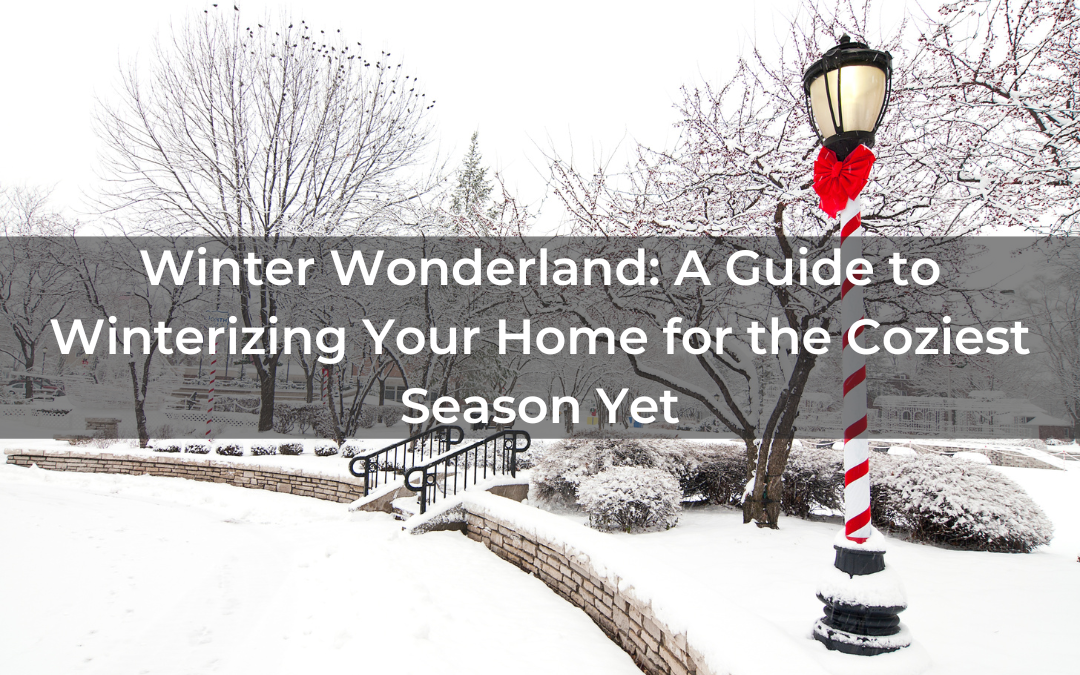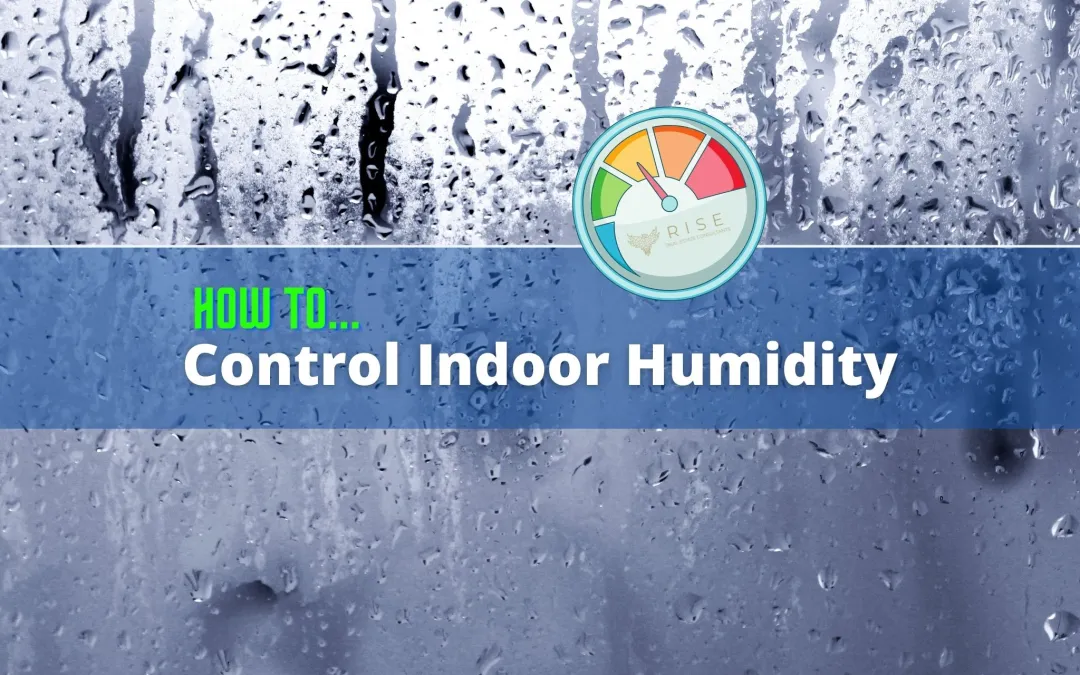
Winter Wonderland: A Guide to Winterizing Your Home for the Coziest Season Yet
As the temperature drops and snowflakes start to fall, it’s time to transform your home into a cozy winter haven.

It’s that time of year when the windows are locked shut and the heating is up. Add the moisture from damp winter weather, and humidity skyrockets. But having a high relative humidity (RH) in your home leads to mold growth and dust mites – both of which make buildings smell musty and damage your home and property. Here are some useful, every day tips you can do at home for identifying and controlling humidity:
You can pick-up a hygrometer online and use it to measure humidity levels in several locations – after which, you take an average reading. A good rule of thumb: 50% relative humidity is normal for summer; while in winter it can read 30% or below on colder days. So long as the numbers don’t go over their high end percentages, you’re good.
If after you take your levels you find that you whole home is humid, consider these factors:
Not a general problem? Localized high humidity in one area, but not another, can be caused by overcooling a particular area. Ways to ensure this stops happening is to ensure proper use bathroom exhaust fans, and dehumidifying dampness in your basement and crawlspaces.
In many instances, a dehumidifier may be the best way to control dampness in your home. Top tip: select a dehumidifier sized for use in the space in question. An undersized unit won’t reduce moisture effectively.
Those are our top tips on identifying and controlling humidity! Not able to get your humidity levels under control? Maybe it’s time to move to that beautiful dream home! Contact one of our licensed agents and get the process started.

As the temperature drops and snowflakes start to fall, it’s time to transform your home into a cozy winter haven.

As the days grow shorter and a crisp chill settles in the air, hearts around the world start to beat